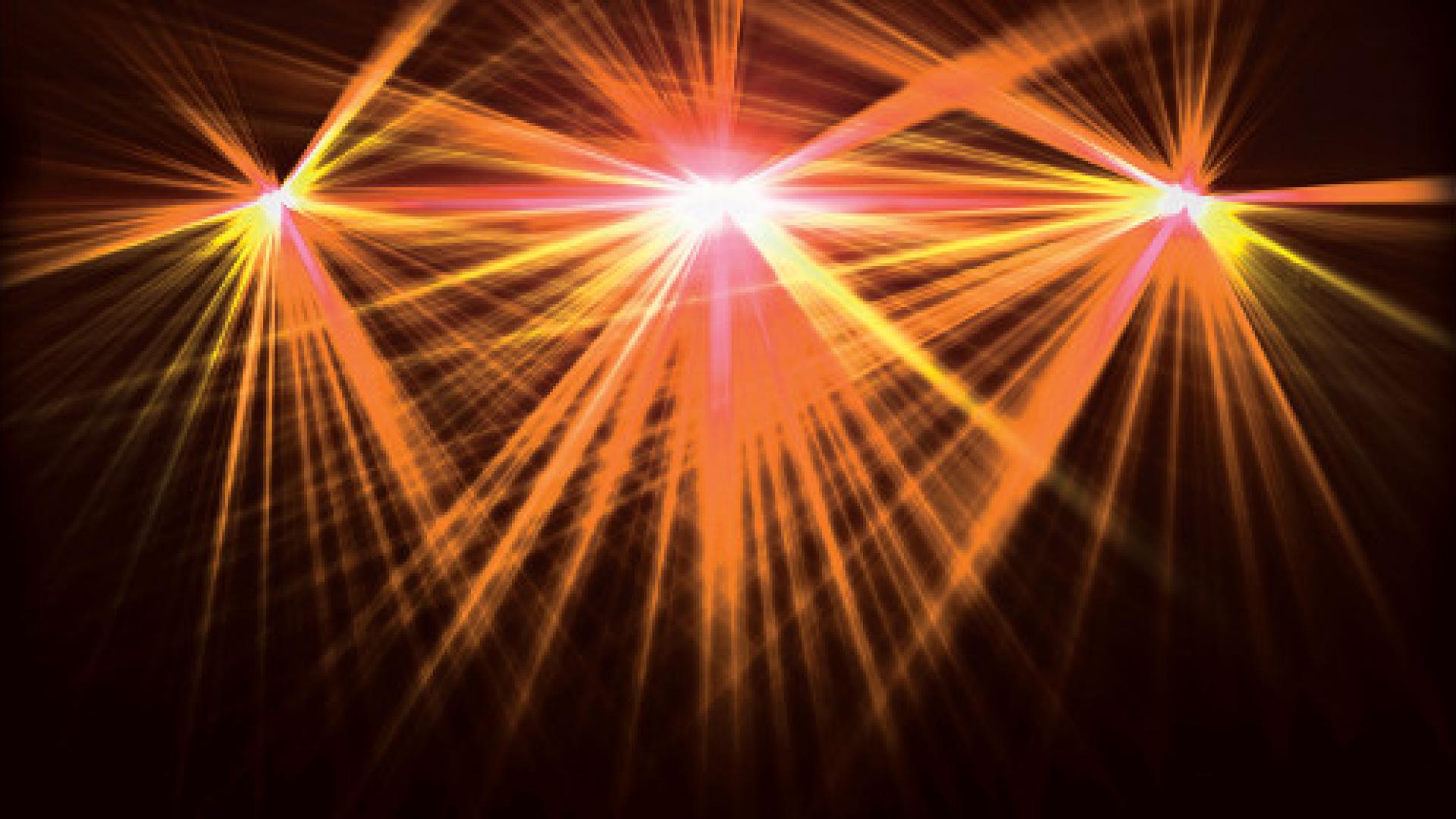In the last issue of Electronics Letters of 9th July 2015 Vol.51 No.14 a team of researchers coordinated by Prof. Boon Ooi, director the Photonics Laboratory at King Abdullah University of Science & Technology (KAUST), presented a phosphide-based laser structure that can operate in the orange wavelengths at room temperature.
"Conventional annealing methods require the introduction of impurities into the semiconductor and anneal the structure at very high temperatures to promote QWI that is responsible for the formation of extended defects and the quality degradation of the laser structure." explained KAUST team member Prof. Boon Ooi "Our method of using the thick dielectric cap layer to encourage QWI is essentially an impurity-free process, allowing annealing at a lower temperature in multiple cycles to prevent the formation of defect clusters."
The photonics laboratory at KAUST have also applied their approach to LEDs and have demonstrated green, yellow, orange, high-brightness red and red LEDs.
Our team's wider goal is to develop high-quality lighting solid-state technologies using RYGB LED and laser solutions. The demonstration of high-performance yellow LED and lasers will pave the way for this," said Ooi "over the next decade I hope to see the development of high-performance visible light-emitting devices that will bridge the true green and yellow gaps, and enable the coverage of wavelength span between true green and red for broad applications in solid-state lighting and visible light communications."

